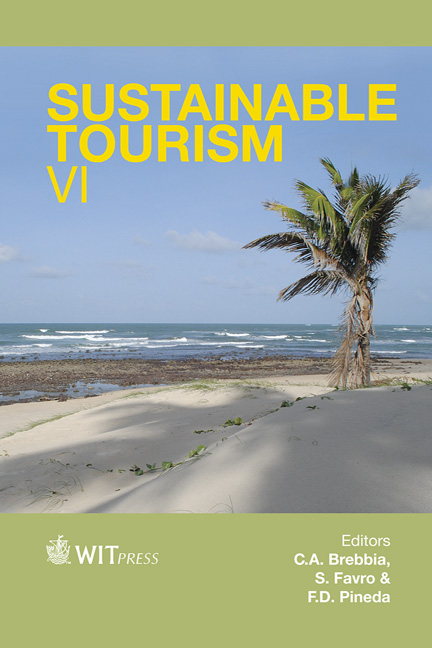Portscape Tourism In Japan: Diversified And Sustainable Port Space Function
Price
Free (open access)
Transaction
Volume
187
Pages
13
Published
2014
Size
1409 kb
Paper DOI
10.2495/ST140091
Copyright
WIT Press
Author(s)
H. Kato
Abstract
Portscape tourism in typical Japanese urban ports was analysed to reveal what kinds of resources were used for sustainable tourism in port spaces. According to the government policy so-called \“Port Renaissance 21”, ports should diversify port functions by introducing life-related roles as well as duties for cargo distribution and industrial base into port spaces. 5 ports of different types were selected as case studies to identify tourist attractions and resources in depth, and all of them were visited on site. This study reveals that in many ports the number of people who visit them as tourists exceeds the number of passengers who use them as traffic nodes. This study confirms that each case study utilises its own local resources as tourist attractions which include a) viewing spots on sea, b) drifting sea ice in port space, and c) a sea forest converted from a waste disposal site. Collaboration between each local port residents and people who live outside the regions is a key factor to gain ground in finding, preserving and using local resources as tourist attractions. The results show that many Japanese ports have been diversifying their functions to fulfil their regional expectations by using local resources, except that they wait to be fully exploited for sustainable port tourism.
Keywords
local resource, tourist attractions, Port Renaissance 21, heritage,viewing spot, breakwater, drifting sea ice, life-related, case study, waterfront.





